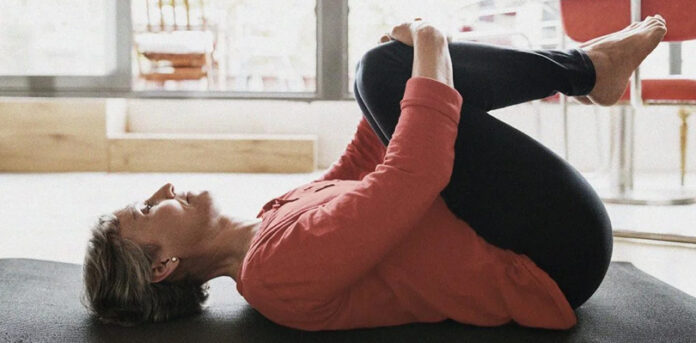Achieving physical well-being requires more than just exercising at the gym or jogging. One crucial aspect of fitness that is often overlooked is the pelvic floor exercises. These exercises play a vital role in supporting core stability, bladder control, and bowel functions. Regardless of age or gender, everyone can benefit from incorporating pelvic floor exercises into their fitness routine.
What Are Pelvic Floor Muscles?
The pelvic floor muscles are a group of muscles located at the bottom of the pelvis, resembling a hammock-like structure. These muscles provide support to the pelvic organs, including the bladder, uterus (in women), and rectum. A strong pelvic floor can prevent issues like urinary incontinence, improve posture, and enhance overall core stability.
Preparation For Pelvic Floor Exercises
Before starting pelvic floor exercises, it’s crucial to lay the foundation correctly. Here are some tips to prepare for pelvic floor exercises:
- Maintain proper posture
- Employ correct breathing techniques
- Stand tall with your shoulders relaxed
- Focus on diaphragmatic breathing
- Inhale deeply through your nose
- Exhale fully through your mouth
5 Essential Pelvic Floor Exercises
Here are 5 essential pelvic floor exercises. Add these exercises into your fitness routine 2 to 3 times a week. Begin with an effortless number of repetitions and slowly increase as your pelvic floor strength improves.
Kegel Exercises
Kegel exercises target the pelvic floor muscles, which form a supportive network at the base of your pelvis. These muscles are responsible for crucial functions such as controlling urinary and bowel movements and supporting pelvic organs. Weak pelvic floor muscles can lead to issues like urinary incontinence, discomfort, and even pelvic organ prolapse.
How To Perform Kegel Exercises:
- To start, it’s important to locate your pelvic floor muscles.
- Kegel exercises can be done while sitting, standing, or lying down, depending on which position you find most comfortable.
- Squeeze your pelvic floor muscles and visualize pulling them upwards and inwards.
- Hold the contraction for approximately 3-5 seconds and then relax.
- As you progress and your pelvic floor muscles become stronger, try to increase the duration of the contraction.
Bridge Pose
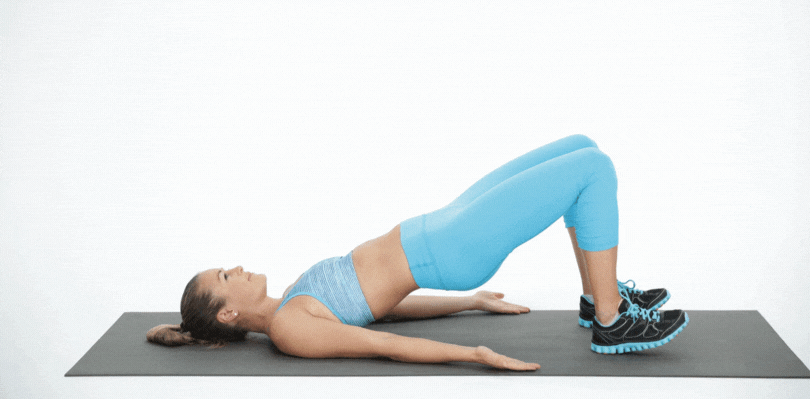
One yoga pose that engages multiple muscle groups and stretches the spine is the Bridge pose, also known as “Setu Bandhasana” in Sanskrit. This posture forms a bridge-like shape with the body, keeping the shoulders and feet grounded while lifting the hips toward the ceiling. It’s a versatile pose that can be modified to suit different levels of flexibility and fitness.
How To Perform Bridge Pose:
- To perform the Bridge pose, start by lying on your back with your knees bent and feet hip-width apart.
- Ensure that your feet are parallel and close to your glutes, and your arms are resting alongside your body.
- Press your feet firmly into the mat and gently tuck your tailbone under, engaging your core muscles.
- Inhale deeply as you press through your feet and lift your hips off the ground.
- Your thighs should be parallel to each other and the floor, and your shins should be perpendicular to the mat.
- Roll your shoulders under your body, interlocking your fingers if desired.
- Take slow, deep breaths as you hold the pose for 30 seconds to a minute, depending on your comfort level.
- Exhale as you release your hands and gently lower your spine back to the mat, vertebra by vertebra.
Squats
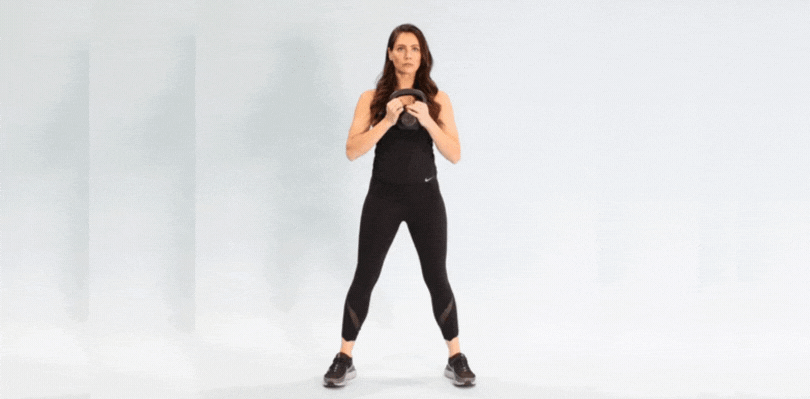
Squats are an essential exercise in the fitness world that does more than just sculpt your lower body and build leg muscles. They strengthen a variety of muscle groups, including the often-overlooked pelvic floor muscles.
How To Perform Squats:
- Start by standing with your feet shoulder-width apart or slightly wider, with your toes pointing slightly outward.
- Keep your chest up, shoulders relaxed, and spine neutral, imagining a straight line from your head to your tailbone.
- Begin the movement by pushing your hips back and bending your knees, as if you’re sitting back into an invisible chair. Keep your weight on your heels.
- Aim to squat until your thighs are at least parallel to the ground. If your flexibility allows, you can go deeper. Avoid letting your knees extend beyond your toes.
- Engage your core muscles, including the pelvic floor, as you squat. Imagine drawing these muscles upward and inward.
- To return to the starting position, push through your heels and keep your core engaged throughout the movement.
Dead Bug Exercise
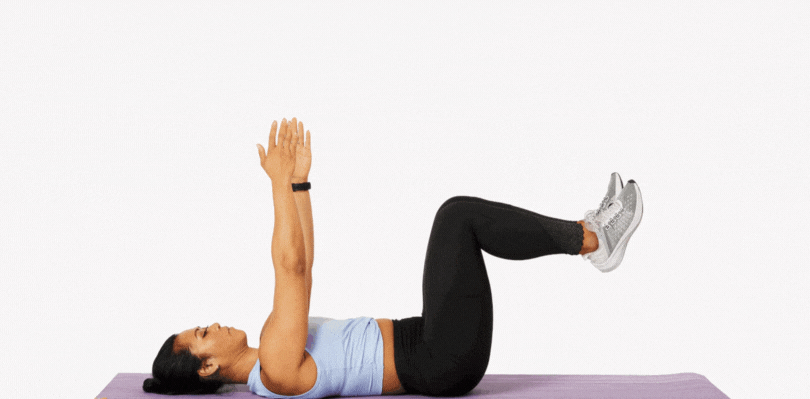
The Dead Bug exercise may seem like a playful name, but it has a substantial impact on your core and pelvic floor muscles. This exercise is commonly used in Pilates and functional training and is an effective method for building stability, coordination, and strength in these essential muscle groups.
How To Perform Dead Bug Exercise
- To perform the Dead Bug exercise, lie on your back with your arms extended towards the ceiling and your knees bent at a 90-degree angle.
- Ensure that your shins are parallel to the floor.
- Exhale and engage your core muscles by gently pulling your belly button towards your spine while simultaneously lifting your pelvic floor muscles.
- As you continue to exhale, slowly lower your right arm and left leg towards the floor while keeping them hovering above it.
- Avoid arching your lower back.
- Inhale as you bring them back to the starting position and repeat the movement with your left arm and right leg.
Pelvic Tilts
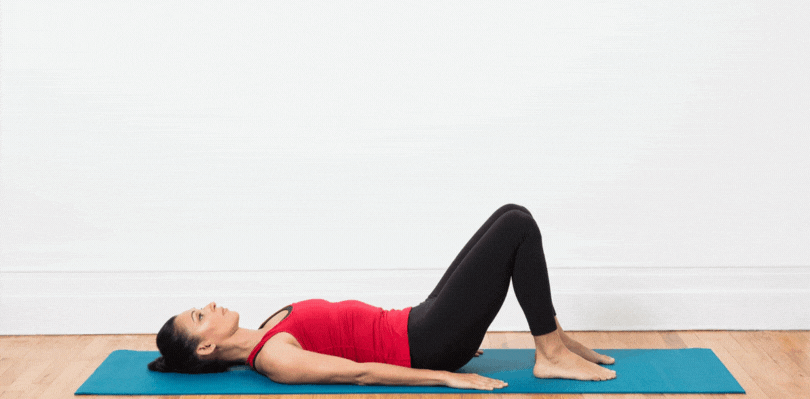
Performing pelvic tilts involves the controlled tilting of your pelvis, which engages various muscle groups, primarily your lower abdominal muscles, lower back muscles, and pelvic floor. These gentle movements are often used in yoga, Pilates, and physical therapy to improve core stability, posture, and pelvic muscle function.
How To Perform Pelvic Tilts:
- To perform pelvic tilts, lie on your back with your knees bent and feet flat on the floor, and establish a neutral spine position.
- Inhale as you gently tilt your pelvis forward, allowing your lower back to press against the floor and your tailbone to slightly lift.
- Then, exhale as you engage your core muscles by gently drawing your belly button toward your spine and lifting your pelvic floor muscles.
- Inhale again and tilt your pelvis backward, arching your lower back slightly away from the floor and moving your tailbone towards the bottom.
- Continue alternating between anterior and posterior pelvic tilts for several repetitions, synchronizing the movements.
FAQs
Can pelvic floor exercises be incorporated into my daily routine?
Absolutely! Pelvic floor exercises are discreet and can be done anywhere. You can perform them while sitting at your desk, watching TV, or even standing in line. Aim for consistency, gradually increasing the duration of each contraction and the number of repetitions.
Can anyone do pelvic floor exercises?
Yes, pelvic floor exercises are suitable for most individuals. However, if you have specific health concerns, it’s recommended to consult a healthcare professional before starting a new exercise routine.
How do I perform pelvic floor exercises correctly?
Identify the muscles by imagining stopping urination midstream. Contract and relax these muscles without holding your breath. Repeat this exercise multiple times, gradually increasing the duration of each contraction.

